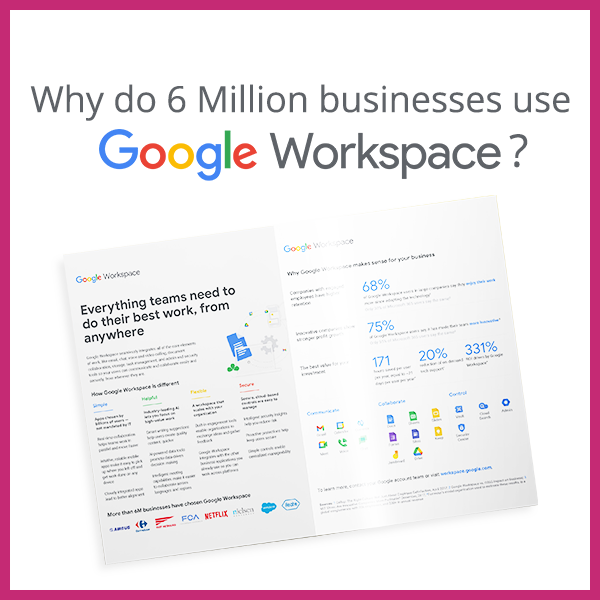
After roughly 18 months of working from home, the “new normal” should’ve already given way to our usual pre-pandemic office roles by now. However, it seems most knowledge workers would rather stick to remote working for good.
Findings from a 2021 Future Forum Pulse survey — which counted on 10,569 knowledge workers based on Australia, Japan, France, Germany, and the United States — stated that 60% of Australian workers are searching for a new role post-pandemic. Their low satisfaction with fully in-office jobs and the lack of flexible policies in the workplace have been the number one reason for this shift.
Another UK survey focusing on 2,000 technology professionals suggests that, although 50% of employers find it hard to manage a complete team when working remotely, most tech workers agree that that’s not the case. What’s more, Traditional IT processes no longer work from a single location, so firms that adopt hybrid or remote work conditions are more likely to have higher employee retention and job satisfaction.
What does that mean for employers? If they don’t want to deal with costly turnover within the organization while keeping and hiring the best talent, they need a mindset shift of their own. Employees won’t back down when it comes to finding jobs that fit their preferred workflow.
This begs the question: how can employers get used to the idea that the new normal is here to stay?
Knowledge workers remain satisfied about remote working
The biggest problem seems to be the preoccupying disparity between employee and employer job preferences. While 44% of executives are happy to return to in-office work full time, only 17% of non-executive employers want the same thing.
Yet, among the most pressing issues is a serious shake in the foundation of any healthy company: the lack of transparency regarding post-pandemic work decisions fails to consider the input of non-leaders and non-executives.
With 66% of executives reporting that their post-pandemic workforce plans have “little to no direct input from employees”, the result is an incessant quest for better, more flexible job opportunities. 57% of survey respondents are already open to looking for a new job in 2022.
Seeing that employees feel the most valued in a company culture where their opinions are respected, it’s not hard to see why they’d switch jobs at the first opportunity.
In this condition, how can employers keep & attract the best talent?
This may be just the right opportunity for leaders to cement flexibility into their company policies. If they choose to step away from at least considering a hybrid work model, this could pose a considerable risk of talent loss. After all, knowledge workers are willing to face a job loss if that means not being at the office all day, every day.
The Future Forum Pulse survey data states that 21% of respondents were looking to quit their current job due to a lack of flexibility from their organisation. 21% have also mentioned the “lack of remote working options”, which means more flexible organisations are also likely to attract more talent.
Not only is flexibility a huge portal to some of the best talent in the market, but it’s also ideal for leaders looking to build a desirable company culture that’s based largely on transparency and empathy.
What systems can we improve on to manage the remote environment better?
For leaders who are already managing a remote team, there are certain processes that could use improvement.
All of the productivity apps you already use on a daily basis, including Google Workspace and Microsoft 365, could be more productive with better remote employee training. Thankfully, collaboration is improving everyday with tools like Google Meet, Zoom, Slack, Microsoft Teams and Google Chat. It’s important that you leverage these technologies to make remote training feel more connected and inclusive for your remote workforce.
Prefer remote collaboration tools that feature built-in analytics aimed at team performance. Tools like Workplace Insights by Google Workspace are key to visualise how your entire company is using Google Workspace.
This focused visibility can reveal insights on missed or met deadlines, employee performance, current projects, prioritised tasks, and more. Productivity tracking tools give you a solid overview of your company’s tasks year-round, while also powering efficiency.
Leverage security management systems available in core business tools. You’ll need them if you want to protect your business data. By relying on Google Workspace or Microsoft 365, you’ll be backed up by some of the most robust security systems available on the planet. Yet, with a history of security breaches in even the safest tools, awareness and knowledge remain your company’s best protection mechanism.
What processes can we be better at when managing remote teams?
Building a better employer-employee connection through transparent communication should be on top of the list, for the following reasons:
Surveyed employees who don’t think their company “is being very transparent regarding post-pandemic remote-working policies” are considerably less satisfied with their jobs. Any company that fails at proper communication and transparency is employing 24.6% less-satisfied workers. And with that comes a 17.3% lower employee retention.
That means over-communicating should be the rule, especially when managing remote teams. This gives leaders the opportunity to prioritise certain messages, as well as ensure that everyone is on the same page at all times.
Alongside favoring flexibility, executives must show empathy for the remote workforce. Employees are happier in jobs where their opinion is valued, but most importantly, where they’re valued. Understanding and empathising with remote workers’ struggles (as much as in-house workers’ struggles) is essential for job satisfaction and a subsequent uptick in productivity.
More than an employer, be a mentor.
Flexibility is the “brand new normal”
Before the pandemic started to budge, ‘flexibilisation’ was an inevitable prospect. We didn’t know when we’d return to the offices, yet we worked with the tools at our disposal.
Now, due to potential loss of talent and decreased employer retention, flexible working policies should loosen up white-knuckled, yet concerned executives. The availability of remote working policies is what will make fresh talent gravitate towards most companies in the coming year, while keeping already existing talent.
As for leaders: listen to your employees, and avoid making decisions without their input. If you want to reduce employee turnover in the years to come, employee happiness and job flexibility should be your top priorities.
What are the tools and communication strategies you have adopted in your business to help retain your employees?


